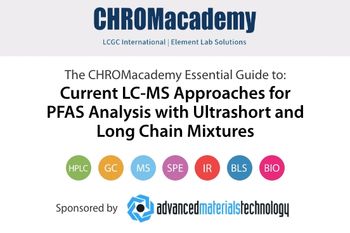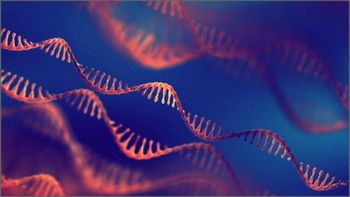
Light Scattering and Viscometry: the Winning Combination for GPC/SEC Polymer Analysis
Airing 1: Thursday November 10, 2022 at 9am EST Airing 2: Thursday November 10, 2022 at 2pm EST Polymer characterization is key to understanding their properties and ensuring the quality of final products containing polymers. Discover why light scattering and viscometry in size-exclusion chromatography become the new gold standard in polymer analysis.
Register Free:
Event Overview:
Characterizing polymers thoroughly is critical to understand and tailor their properties in the perspective of their final application. This process always starts with the determination of their molecular weight distribution (MWD) by size-exclusion chromatography (SEC). However, the historical and most common form of SEC measurement is only relative to standards and the MWD alone is not sufficient to describe the complexity of most modern polymers. The addition of advanced detection methods to SEC analyses provides a more comprehensive polymer characterization.
- Size-exclusion chromatography (SEC) coupled with multi-angle light scattering (MALS) detection provides true, standard-independent molecular weight distributions of polymers.
- The latest MALS technology also allows the determination of the radius of gyration of polymers, regardless of their size range.
- When combining MALS and viscometry with concentration detection (RI and/or UV), structure and conformation can be investigated to obtain a complete picture.
- The key principles of light scattering and viscometry will be reviewed and their application to polymer structure analysis will be presented through various examples.
Key Learning Objectives:
- Review the measurement principles of light scattering and viscometry as well as their usefulness in macromolecular characterization
- Learn how to leverage the capabilities of MALS beyond molecular weight determination
- Discover how the addition of viscometry provides valuable complementary information for a full characterization of polymers
Who Should Attend:
- Polymer scientists and lab managers using GPC/SEC for the characterization of polymers
- Analytical scientists who wish to gain an understanding of the benefits of advanced detection techniques in GPC/SEC applied to complex macromolecules
- Managers and scientists of academic labs and core facilities developing and running analytical platforms for comprehensive characterization of polymers.
Speaker
Farihah Haque, Ph.D.
Regional Product Specialist, GPC/SEC
Tosoh Bioscience
Farihah Haque completed her Ph.D. in polymer chemistry at Tulane University where she studied cyclic polymers. Thereafter, she pursued a post-doctoral fellowship at the University of Minnesota studying sustainable elastomers in the NSF Center for Sustainable Polymers. She joined Tosoh Bioscience in 2021, as an Applications Scientist developing analytical methods for polymer characterization. Now, as a Regional Product Specialist, she helps customers analyze biological macromolecules for gene therapy, implementing advanced chromatography techniques to effectively characterize these materials.
Register Free:
Newsletter
Join the global community of analytical scientists who trust LCGC for insights on the latest techniques, trends, and expert solutions in chromatography.





